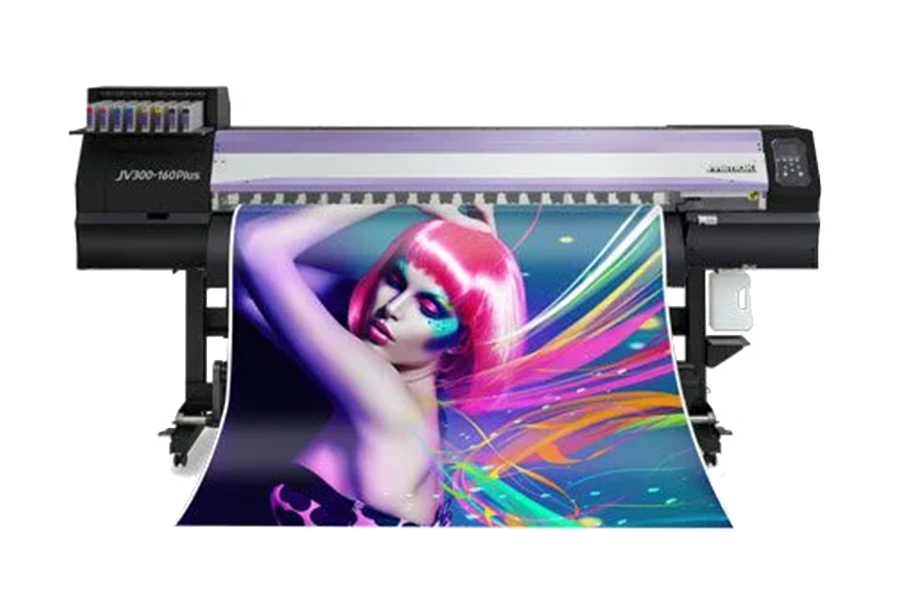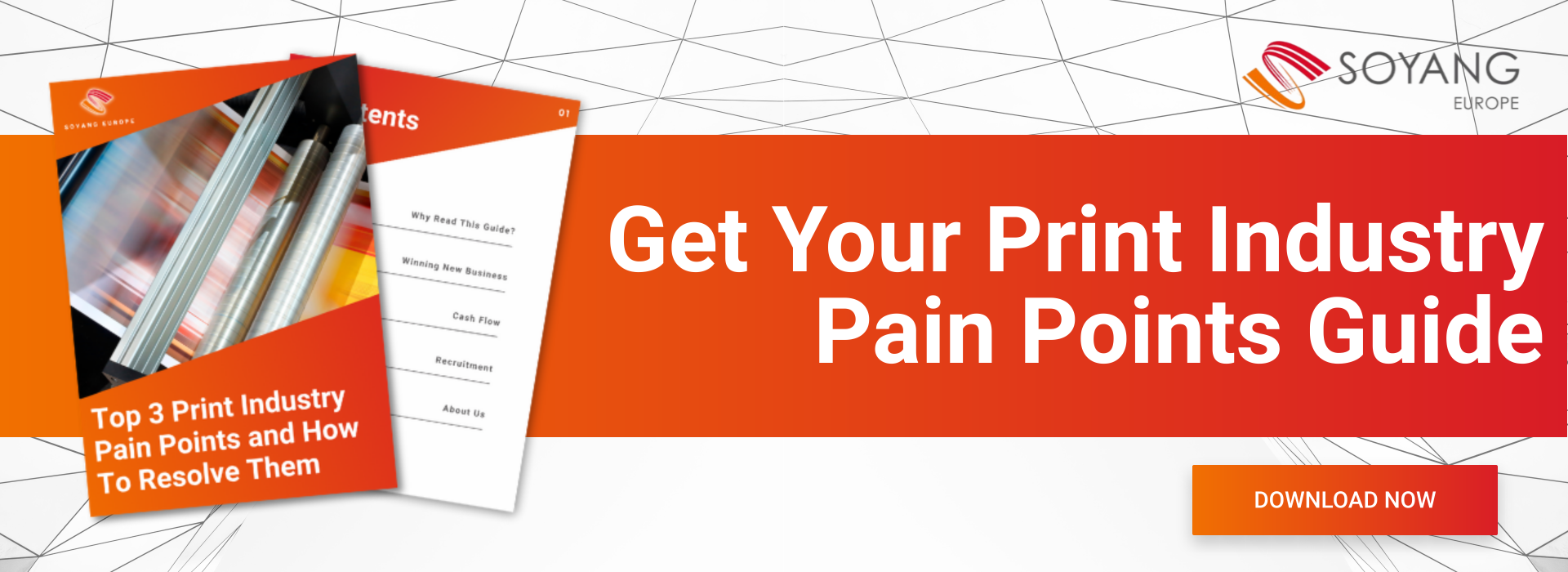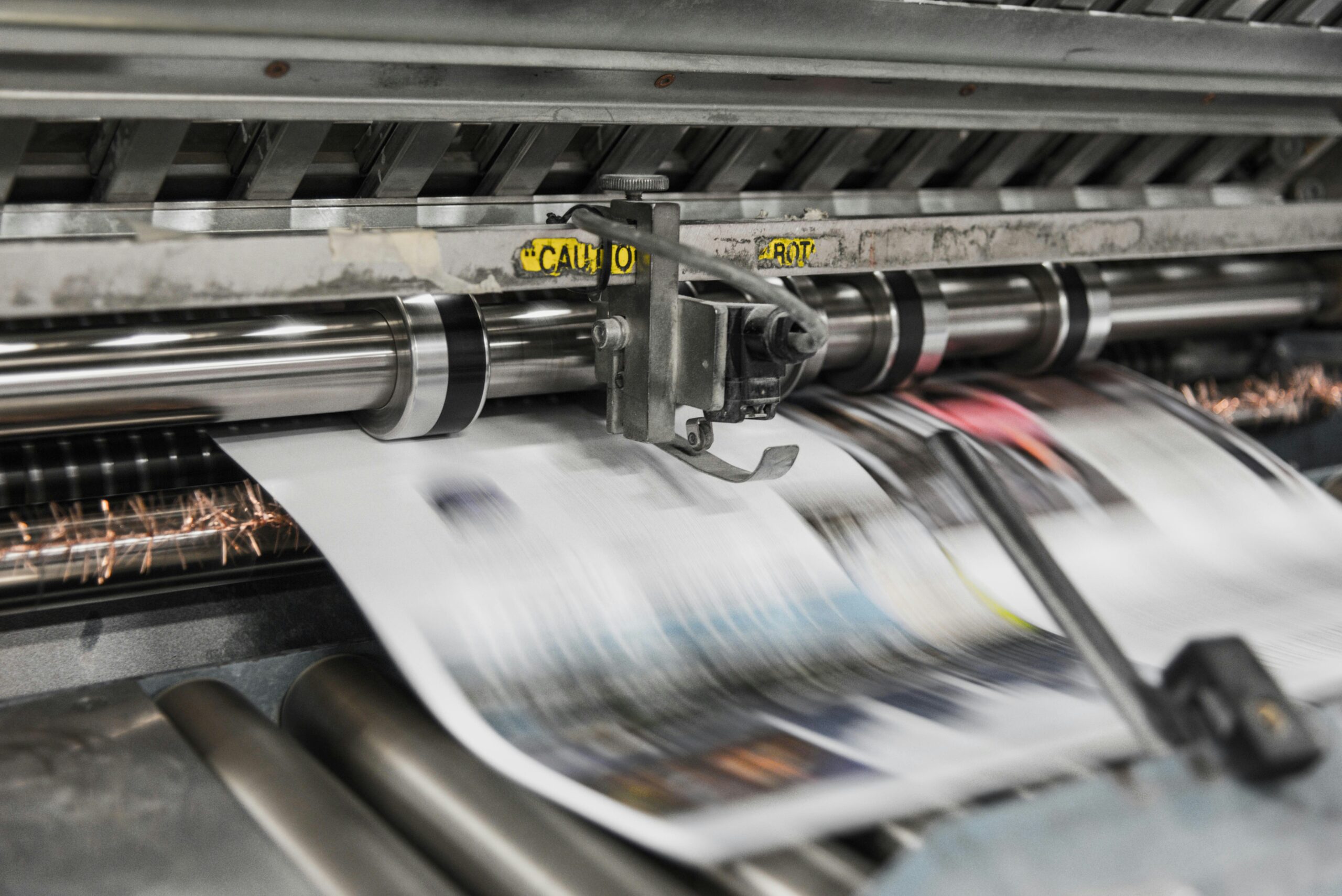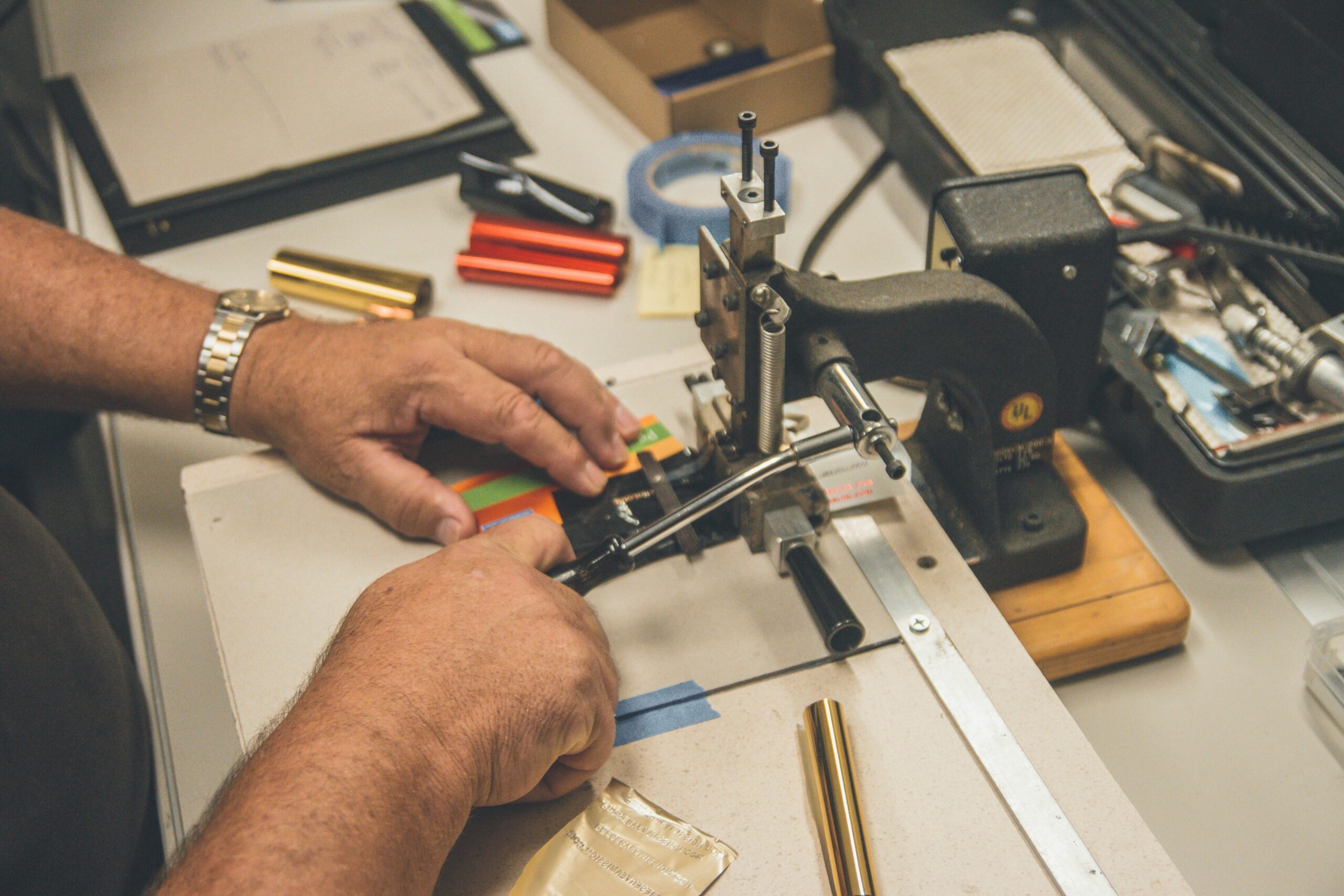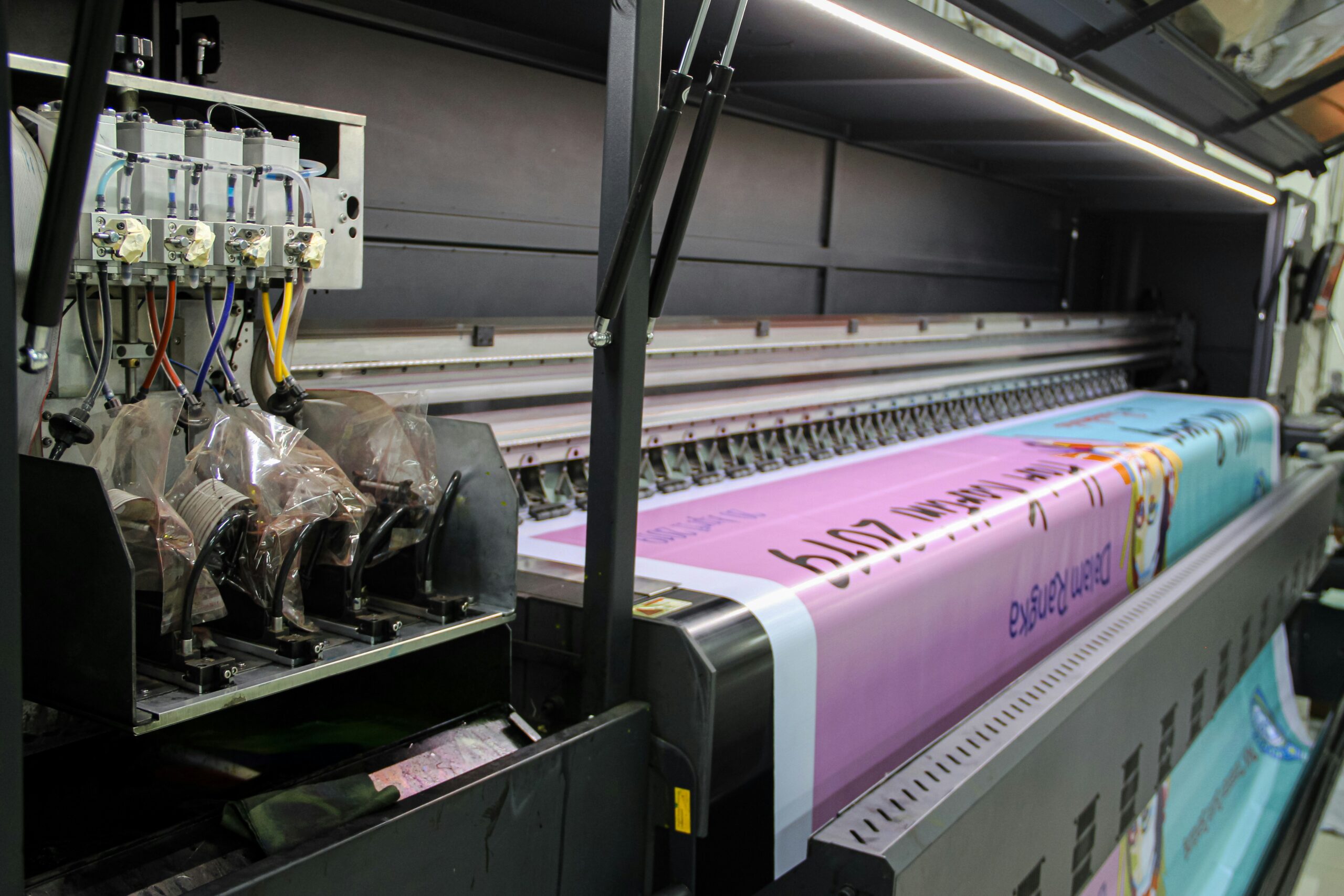Why add a coat of varnish to your print materials? What are the advantages and disadvantages of varnish printing? And what techniques are available to you? Here’s the Soyang guide.
Why use a varnish?
Print varnishing has a dual purpose. A coat of varnish can help protect the printed material, making it less likely to rip and tear and more likely to withstand a moist environment or a splash of water. Where the substrate isn’t especially absorbent (and where inks are therefore less likely to penetrate), varnish can help seal the product and protect against smudging.
The other great benefit of varnish printing is impact. Varnishing makes print more eye catching. Then it helps your print last, so it can deliver that impact for longer. Precisely what impact you make depends on the varnish printing techniques you choose.
Is varnish printing suitable for all applications?
No, but it is suitable for many.
Paper, cardboard, metal: you’ll find varnishing effective across a wide range of substrates. Where it tends to have limited effect is with print materials designed to have large degrees of stretchy flexibility (e.g. mesh banners or flags). A varnish coating will gradually crack and flake on such materials.
What are the disadvantages of print varnishing?
We’re not quite sure you’d call them disadvantages as such. You need to get varnishing right first time, as there’s little to no chance of rectifying a mistake. The same is true of many print techniques though.
It’s also the case that varnish needs time to dry, and that inevitably slows the productivity of any print shop. Again, we’d argue that the pros of the technique far outweigh the cons – we’re not sure any printer is printing brochures/flyers/business cards etc and not offering varnishing on the basis that drying can take a while.
Varnish printing techniques
All of the following techniques are applied post-print using a press or varnishing machine. Once the varnish has been applied, the material will need to be cured or left to dry depending on the specific technique (see below).
Sealing
The ‘entry level’ print varnish is a basic machine seal that prevents inks on less absorbent materials from marking. In terms of visual impact, well, that’s not really the point of a simple sealant. This technique is all about the protection. For impact, you’ll want to apply one of the following:
Gloss varnishing
A gloss varnish delivers big visual impact, especially on printed photographs or graphics. The coating reflects light, boosting the oomph of imagery and making it ideal for brochures, flyers, magazines and similar.
Inevitably, gloss can lead to glare, though, so where a print material will be subject to harsh lighting (for example, a banner or poster) you may be better choosing an alternative finish or risk the imagery being obscured by glare.
Matt varnishing
The opposite end of the spectrum to gloss varnish. If gloss brings the shine, matt removes it, delivering a warm, soft finish. Importantly, matt varnish makes text easier to read than gloss typically will.
Silk varnish
A halfway house between gloss and matt, delivering reduced glare (although not as reduced as matt) but greater image impact thanks to the soft sheen finish.
UV varnish
A UV varnish is great for helping colours ‘pop’. It also has a knack of making print feel substantial, giving projects a prestige finish. As the name suggests, the coating needs to be cured under UV light once applied.
Spot UV
UV varnish is effective across a whole page but can be even more impactful when applied to specific elements of your print. Confine it to specific images or lettering, for example, and you create an even more eye-catching cover to your book, brochure or report.
Textured varnish
All of the techniques we’ve explored so far have distinct visual appeal but don’t offer much in the way of tactile excitement beyond lending the print a general sense of prestige.
Textured varnish, however, changes that. Once applied and cured, the finish creates a sort of rippled effect that encourages inquisitive fingers.
Particularly effective when used as a spot varnish.
Talk to Soyang
Of course, there’s more to a great printed product than the varnish. Your choice of print material is a crucial ingredient too. For all your printing material needs, talk to Soyang.

